Travel & Adventure
Traveling in New Zealand: A Breathtaking Journey Through the Land of Wonders.

f you’re someone who dreams of misty mountains, sparkling blue lakes, and quiet towns where time seems to slow down — then New Zealand is your dream come true. Whether you’re an adventure junkie, a nature lover, or a peace seeker, this magical country has something for everyone.
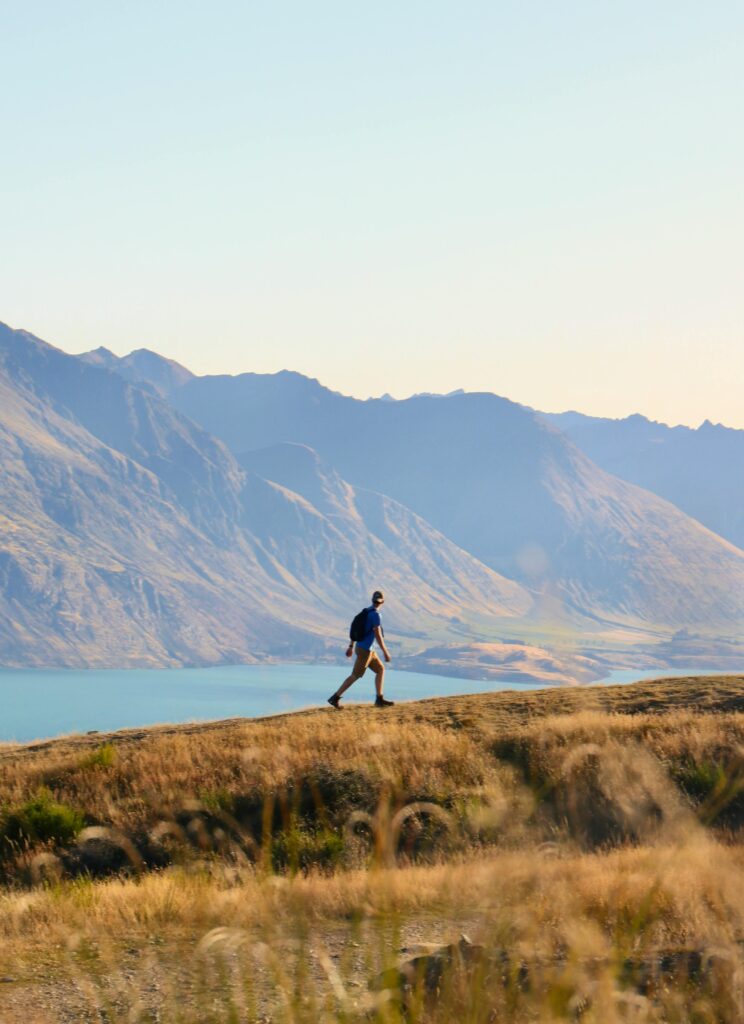
In this blog, I’ll take you through my unforgettable journey in New Zealand, share the top places to visit, and offer helpful tips to plan your own adventure.
Located in the southwestern Pacific Ocean, New Zealand is made up of two main islands.
Where is New Zealand & Why Should You Go?
The North Island and the South Island. It’s famous for its diverse landscapes, friendly locals (called Kiwis), and rich Māori culture. From the snow-covered mountains of Queenstown to the geothermal wonders of Rotorua.
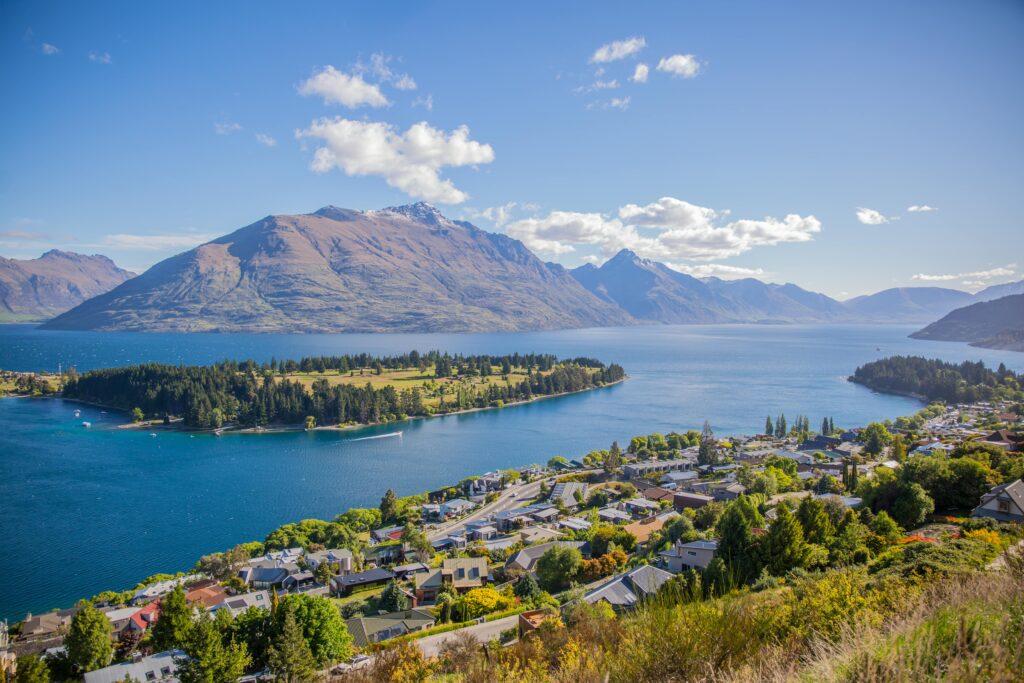
Perfect for: Solo travelers, couples, families, photographers, hikers
Best time to visit: November to April (summer & early autumn)
Top 5 Places You Must Visit in New Zealand
1. Queenstown – The Adventure Capital of the World
Try bungee jumping, skydiving, or simply take a cable car for breathtaking lake views.
2. Milford Sound – Nature’s Masterpiece
Cruise through dramatic fjords surrounded by towering cliffs and waterfalls. Pure peace.
3. Rotorua – Culture & Hot Springs
Experience Māori performances, geysers, and soak in natural hot water pools.
4. Hobbiton – A Movie Lover’s Dream
Visit the real film set from The Lord of the Rings and The Hobbit. Pure magic!
5. Lake Tekapo – A Fairytale View
See stunning turquoise water and blooming lupin flowers. Perfect for peaceful mornings.
Travel & Adventure
The Chrysler Building: A Timeless Icon of New York City
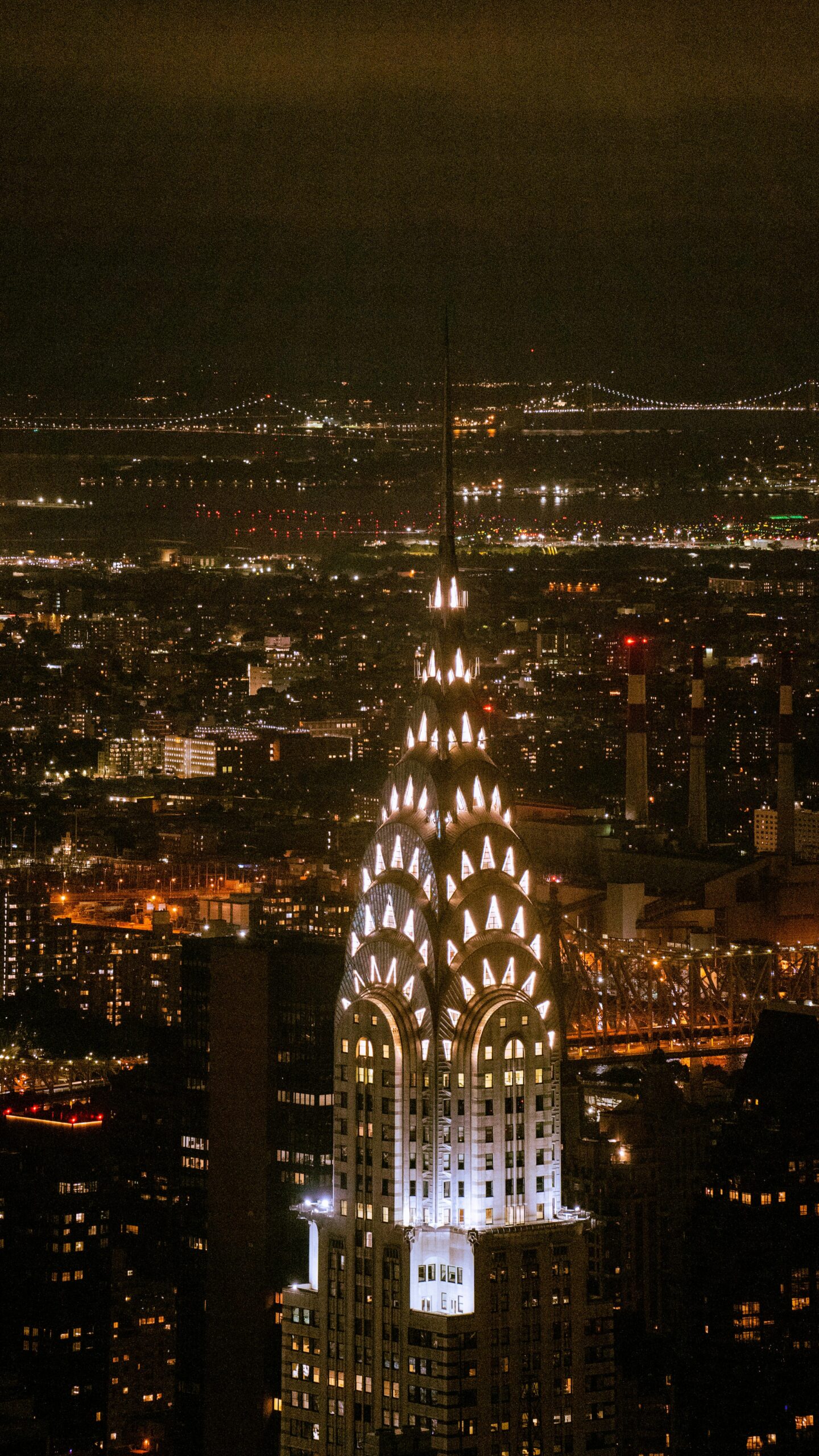
The Chrysler Building in New York City is more than just a skyscraper; it is a living piece of history and one of the finest examples of Art Deco architecture in the world. Towering gracefully over Midtown Manhattan, this building continues to fascinate architects, historians, and travelers alike. From its stunning stainless-steel crown to its symbolic automotive motifs, the Chrysler Building represents innovation, ambition, and elegance.
In this blog, we’ll dive deep into the history, design, and cultural significance of the Chrysler Building. Whether you’re an architecture enthusiast, a history lover, or simply someone who admires New York’s skyline, this comprehensive guide will reveal everything you need to know about this architectural masterpiece.
A Glimpse into History
The Birth of a Skyscraper Boom
The late 1920s was a golden era for skyscraper construction in New York City. The economic prosperity of the Roaring Twenties fueled competition among developers to build taller and more impressive towers. The Chrysler Building was born out of this intense race to dominate the city’s skyline.
Walter Chrysler’s Vision
The building was commissioned by Walter Chrysler, the founder of the Chrysler Corporation. Unlike many corporate projects of the time, Chrysler chose to finance the skyscraper personally. His goal was not only to create a symbol for his car company but also to leave a lasting legacy for his family name.
Chrysler wanted the building to embody modernity, speed, and technological advancement—the same qualities associated with his automobiles. To achieve this, he turned to architect William Van Alen, a visionary designer with bold ideas.
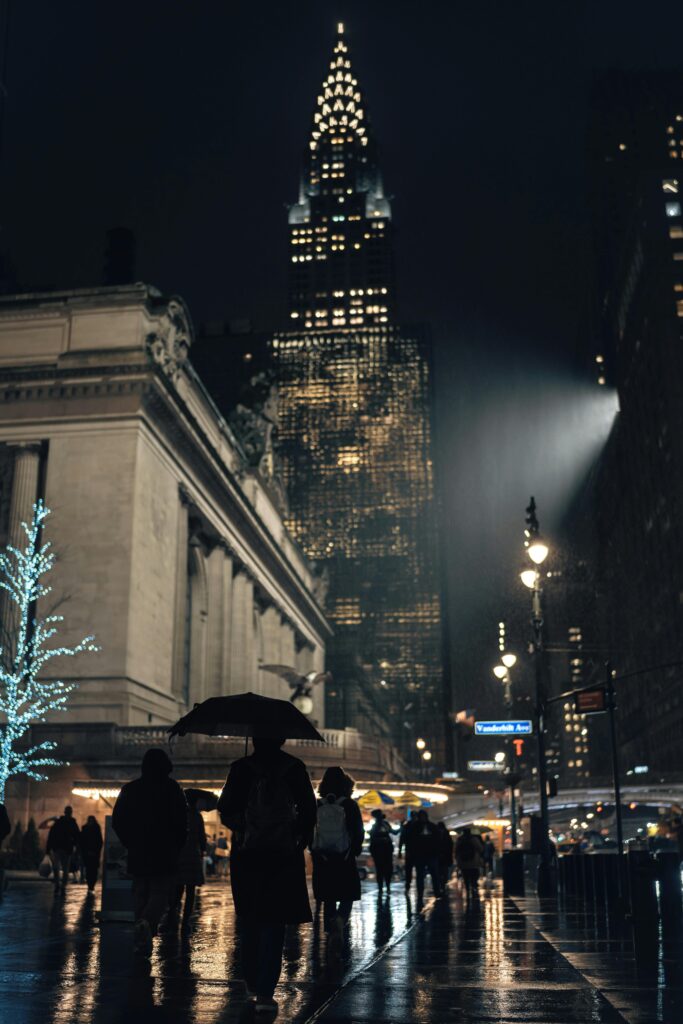
The Race to the Sky
During construction, the Chrysler Building became part of a dramatic race for the title of the world’s tallest building. Its main rival was 40 Wall Street (then known as the Bank of Manhattan Building).
The rivalry reached its peak in 1930. To ensure victory, Van Alen secretly constructed a 185-foot spire inside the building’s tower. Once the structure was nearly complete, the spire was hoisted into place in just 90 minutes pushing the Chrysler Building’s height to 1,046 feet (318.9 meters).
For a brief moment in history, from 1930 to 1931, the Chrysler Building held the crown as the tallest building in the world, until the Empire State Building surpassed it.
Architectural Brilliance
Art Deco Masterpiece
The Chrysler Building is considered one of the finest examples of Art Deco architecture, a style that flourished in the 1920s and 1930s. Art Deco is characterized by bold geometric forms, lavish ornamentation, and a sense of speed and progress.
Van Alen’s design perfectly captures these elements. The building is not only functional but also highly decorative, making it a visual delight.
The Stainless-Steel Crown
Perhaps the most striking feature of the Chrysler Building is its crown, made of Nirosta stainless steel. The crown consists of seven radiating arches, adorned with triangular windows and sunburst motifs. Its reflective surface glistens in the sunlight by day and shines beautifully when illuminated at night.
Automotive Motifs
Since Walter Chrysler wanted the building to represent his automobile empire, many design details pay homage to cars:
- Eagle Gargoyles: Inspired by Chrysler hood ornaments.
- Radiator Cap Ornaments: Stylized designs on the corners of the building.
- Hubcap-Inspired Motifs: Geometric decorations around the crown.
These elements make the Chrysler Building unique an architectural structure deeply tied to the automobile industry.
Interior Design
The inside of the Chrysler Building is just as magnificent as its exterior. The lobby is decorated with luxurious marble, onyx, and steel accents. The ceiling mural, called Transport and Human Endeavor, celebrates progress and transportation, showing workers, airplanes, and automobiles in vibrant colors.
The Art Deco interiors reflect the optimism of the 1930s, blending fine craftsmanship with modernist design.
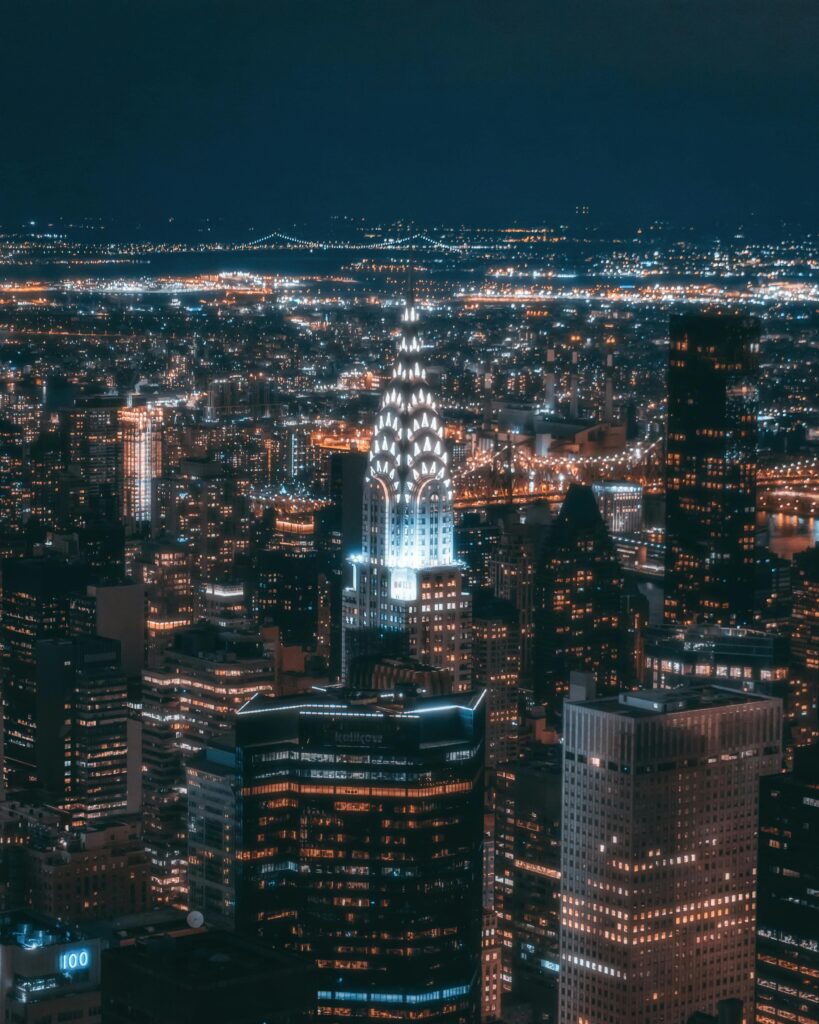
Cultural Significance
Symbol of New York
Even though it lost the “tallest building” title quickly, the Chrysler Building remains one of the most beloved skyscrapers in New York. Unlike the Empire State Building, which is grand and imposing, the Chrysler Building is admired for its elegance and detail.
In Popular Culture
The Chrysler Building has appeared in countless movies, TV shows, and artworks. From Spider-Man and Men in Black to Armageddon, the building has become a symbol of New York in global popular culture.
Tourist Attraction
Although the building is not open for general public tours like the Empire State Building, its lobby is accessible to visitors. Tourists and locals alike flock to capture its beauty, especially at sunrise and sunset when its stainless-steel crown glows magnificently.
Preservation and Legacy
The Chrysler Building was designated a New York City Landmark in 1978 and later added to the National Register of Historic Places. Preservationists have worked tirelessly to maintain its beauty, ensuring that future generations can admire its architectural brilliance.
Even today, nearly a century after its construction, the Chrysler Building stands as a timeless symbol of ambition and innovation. It remains a favorite among architects and continues to inspire modern skyscraper design.
Interesting Facts About the Chrysler Building
- The building has 77 floors and over 3,800 windows.
- It was the first man-made structure to surpass 1,000 feet in height.
- The spire was constructed secretly inside the tower to outsmart competitors.
- Walter Chrysler insisted on funding the building himself, ensuring it would belong to his heirs rather than shareholders.
- Despite being smaller than the Empire State Building, many critics consider the Chrysler Building more beautiful.
Why the Chrysler Building Still Matters Today
In an era when glass-and-steel towers dominate skylines, the Chrysler Building serves as a reminder of a time when architecture was both functional and artistic. It represents the optimism of the early 20th century, the rise of the automobile industry, and the human desire to reach greater heights.
For New Yorkers, the Chrysler Building is not just another office tower—it’s a piece of the city’s identity. For travelers, it is a must-see landmark that embodies the spirit of Manhattan.
Frequently Asked Questions (FAQs)
1. What is the architectural style of the Chrysler Building?
The Chrysler Building is designed in the Art Deco style, known for geometric shapes, ornamental motifs, and modern elegance.
2. How tall is the Chrysler Building?
It stands at 1,046 feet (318.9 meters), with 77 stories.
3. Who designed the Chrysler Building?
The building was designed by William Van Alen, a forward-thinking architect.
4. Can you visit the Chrysler Building?
The lobby is open to the public, but the upper floors are used as office space and not open for tours.
5. Why is the Chrysler Building famous?
It is famous for its Art Deco design, stainless-steel crown, and its role in the historic race to become the world’s tallest building.
Conclusion
The Chrysler Building is more than just a skyscraper it is a testament to ambition, creativity, and the spirit of innovation that defines New York City. Its dazzling crown, Art Deco details, and fascinating history make it one of the most admired buildings in the world.
Though it may no longer be the tallest, the Chrysler Building remains a shining star in Manhattan’s skyline. For architects, it is a study in brilliance; for travelers, a symbol of New York’s charm; and for dreamers, a reminder that even in competition, beauty can outlast size.
Travel & Adventure
London Travel Guide 2025: Exploring the Heart of the United Kingdom
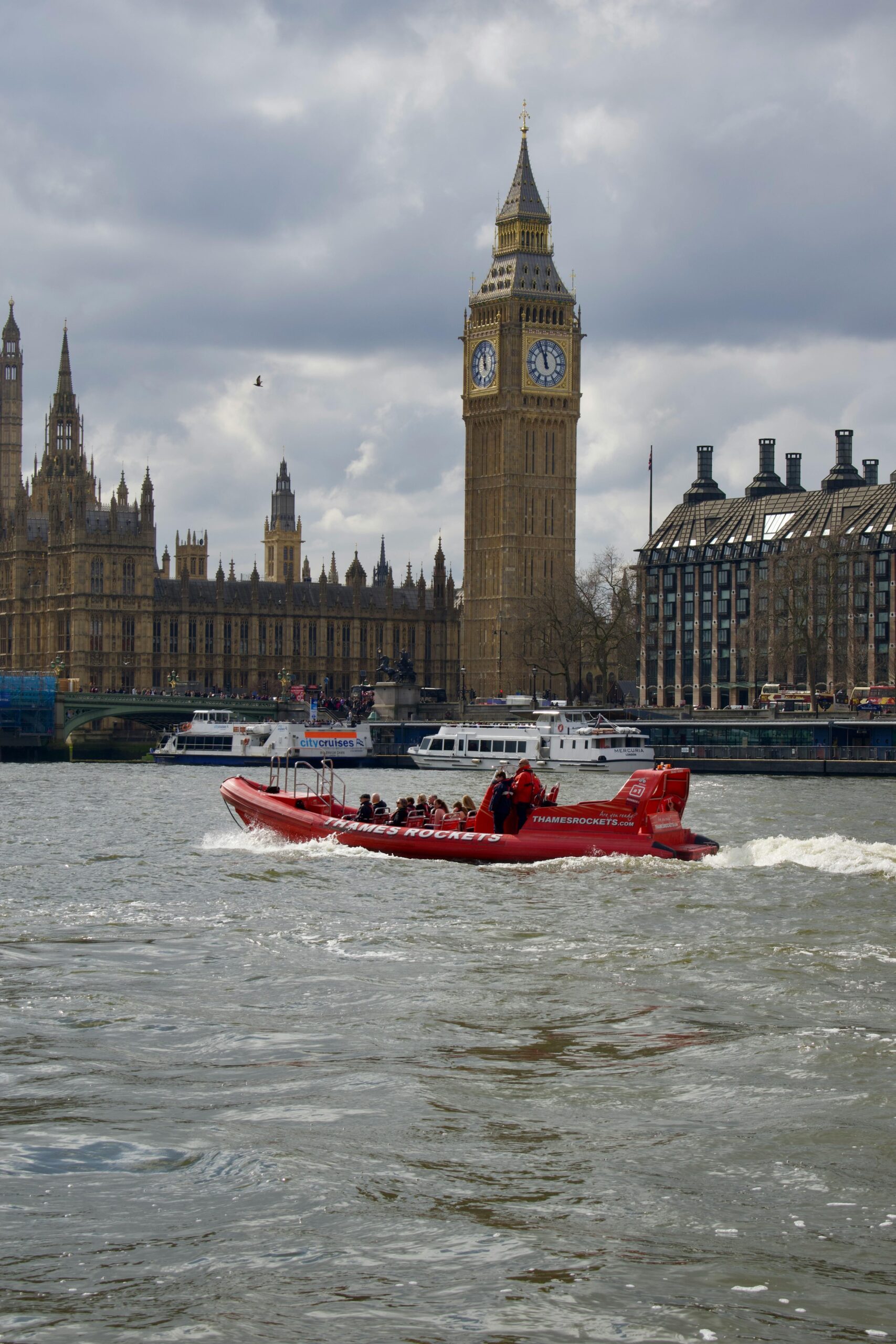
Introduction
Welcome to the London Travel Guide 2025, your complete resource for exploring one of the most iconic cities in the world. London, the capital of the United Kingdom, is a vibrant blend of history, culture, modern attractions, and global influence. Whether you are visiting for the first time or returning to discover hidden gems, this guide will help you make the most of your trip.
From Buckingham Palace and Big Ben to trendy neighborhoods like Shoreditch and Camden, London has something for every traveler. This London Travel Guide covers the best attractions, food experiences, shopping areas, seasonal travel tips, and itineraries, ensuring your journey to London is unforgettable.
Why Visit London?
London is not just a city; it’s an experience. It offers:
- Historic Landmarks – Tower of London, Westminster Abbey, and St. Paul’s Cathedral.
- Modern Attractions – The Shard, London Eye, and Tate Modern.
- Cultural Diversity – A melting pot of global cuisines, festivals, and traditions.
- Shopping – From luxury boutiques in Mayfair to street markets in Camden.
This Guide will show you how to balance London’s historic charm with its modern lifestyle.
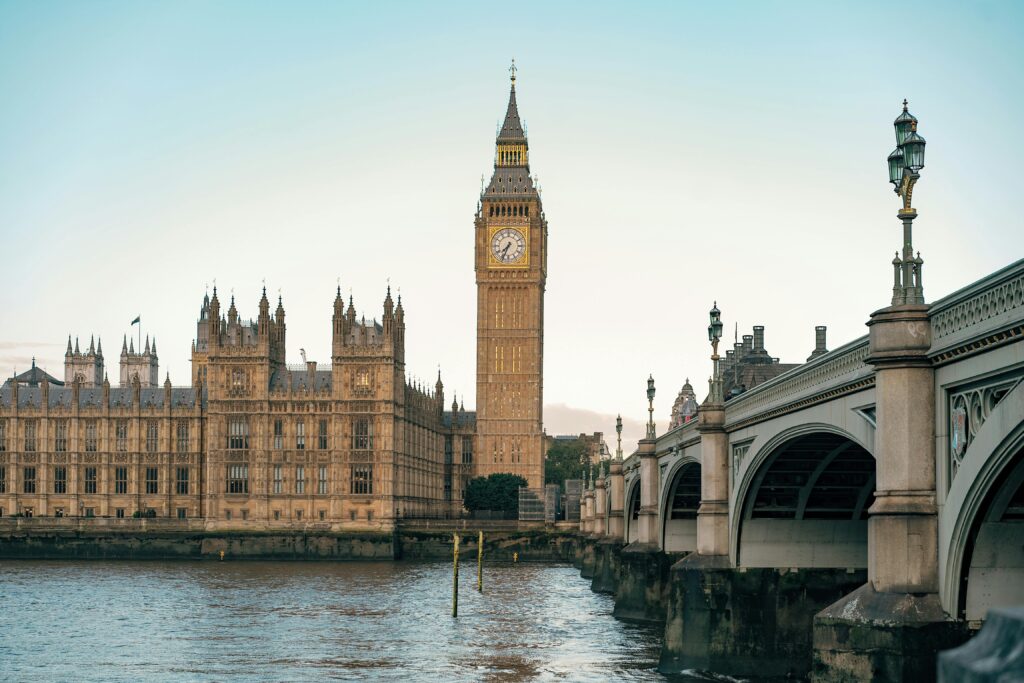
Top Attractions in London
1. Buckingham Palace
A must-see for anyone following this Guide, Buckingham Palace is the official residence of the King. Witness the famous Changing of the Guard ceremony, which takes place several times a week.
2. Big Ben and the Houses of Parliament
No Guide would be complete without Big Ben. Standing proudly over the Thames, it remains one of the most photographed landmarks in the city.
3. Tower of London
Step back in time with a visit to the Tower of London, where you can see the Crown Jewels and learn about its fascinating history.
4. The London Eye
For breathtaking views, this Travel Guide recommends a ride on the London Eye. It offers panoramic scenes of the city skyline.
5. The British Museum
Housing over eight million works, the British Museum is one of the world’s best free attractions. A must in any Travel Guide.
Food and Dining: A London Travel Guide to Flavors
London is a food lover’s paradise. You’ll find everything from Michelin-starred restaurants to street food markets.
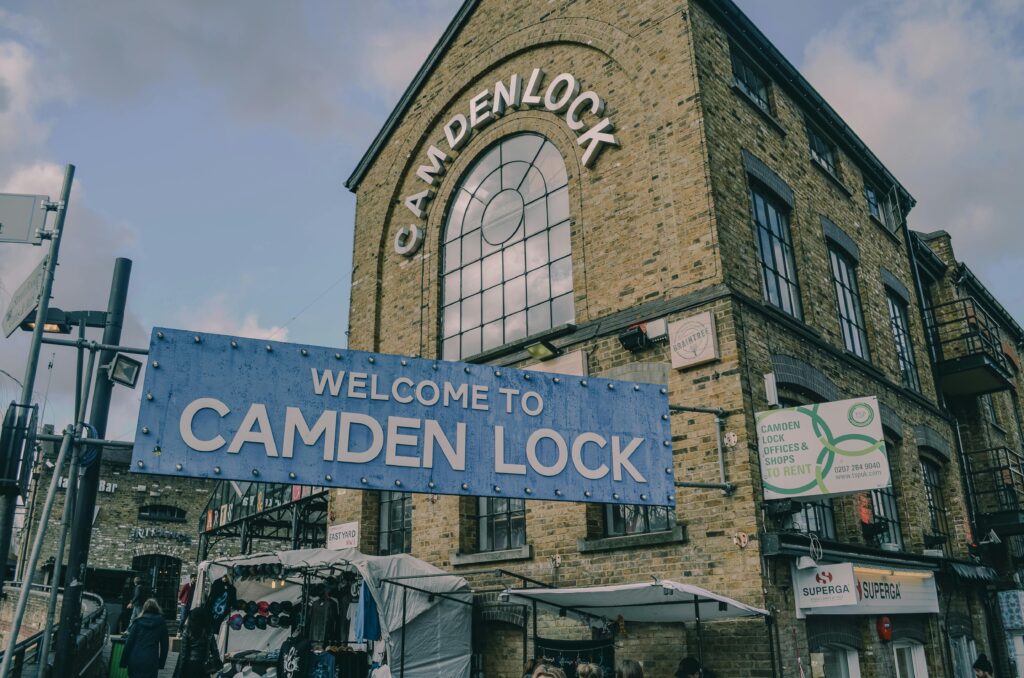
- Traditional Dishes – Try fish and chips, shepherd’s pie, and a full English breakfast.
- International Cuisine – From Indian curries on Brick Lane to Chinese food in Chinatown.
- Afternoon Tea – No London Travel Guide would be complete without recommending afternoon tea at the Ritz or Claridge’s.
- Food Markets – Borough Market is the best place for artisan food and international flavors.
Shopping in London: A Traveler’s Guide
This London Travel Guide highlights the best shopping districts:
- Oxford Street – Home to over 300 shops, including Selfridges.
- Covent Garden – Known for boutiques, street performers, and handmade crafts.
- Camden Market – Perfect for vintage finds, quirky clothing, and international food stalls.
- Harrods – A luxury shopping destination in Knightsbridge.
Best Time to Visit London Travel Guide 2025
- Spring (March–May) – Best for blooming parks and mild weather.
- Summer (June–August) – Festivals, long days, and lively streets.
- Autumn (September–November) – Crisp weather and fewer crowds.
- Winter (December–February) – Magical Christmas markets and festive lights.
This London Travel Guide suggests visiting in spring or autumn to balance good weather with fewer tourists.
Accommodation in London
No London Travel Guide is complete without covering where to stay:
- Luxury – The Savoy, The Ritz, and Claridge’s.
- Mid-Range – Premier Inn, The Z Hotel, and Novotel.
- Budget – YHA Hostels, budget Airbnb, and capsule hotels.
Transportation Tips in the London Travel Guide
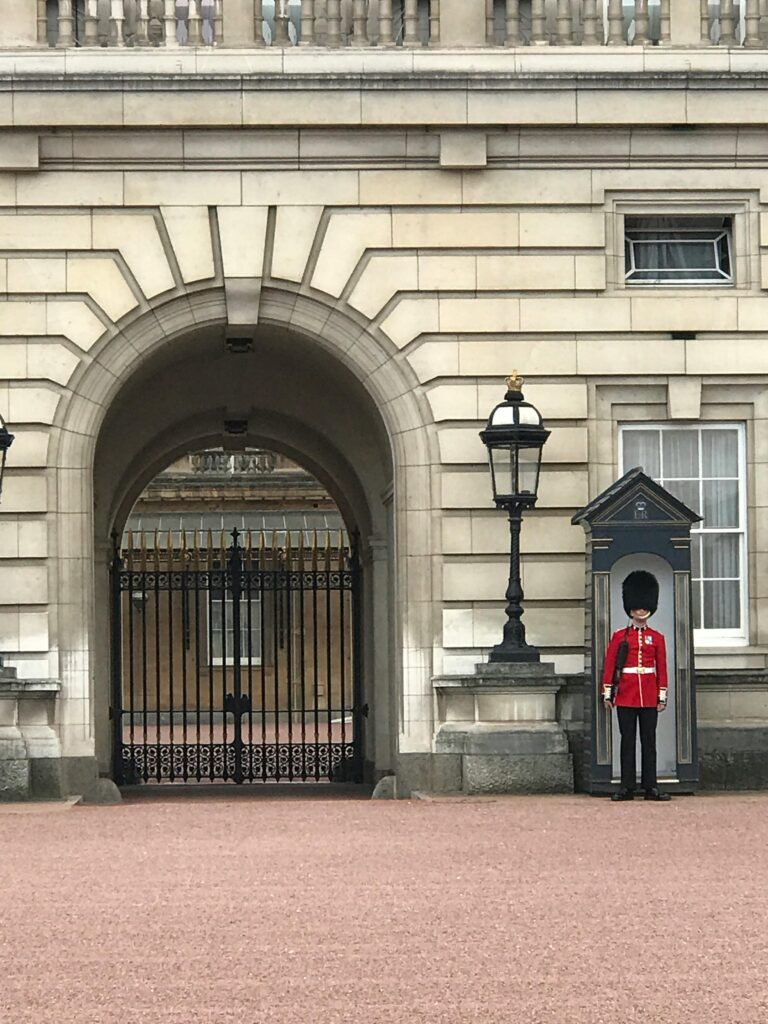
- London Underground (Tube) – Fastest way to get around.
- Buses – Affordable and scenic, especially double-deckers.
- Oyster Card – Recommended for easy and cheap travel.
- Walking – Many attractions are close to each other.
This London Travel Guide recommends combining Tube rides with walking tours for the best experience.
London Itinerary Suggestions
3-Day London Travel Guide
- Day 1: Big Ben, Buckingham Palace, Westminster Abbey, and London Eye.
- Day 2: Tower of London, Tower Bridge, British Museum, Covent Garden.
- Day 3: Camden Market, Regent’s Park, shopping on Oxford Street.
5-Day London Travel Guide
Add a day trip to Windsor Castle, Oxford, or Stonehenge.
Travel Tips for London Visitors
- Book attractions in advance.
- Carry an umbrella – London weather is unpredictable.
- Wear comfortable shoes.
- Learn basic Tube routes before arriving.
This London Travel Guide suggests planning at least one flexible day to explore neighborhoods at leisure.
FAQs About London Travel Guide
Q1: How many days do I need in London?
A 4–5 day trip is ideal for covering major attractions, as suggested by this London Travel Guide.
Q2: Is London expensive?
Yes, London can be pricey, but this London Travel Guide recommends using Oyster Cards, budget hotels, and food markets to save money.
Q3: What is the best free attraction in London?
The British Museum and National Gallery are both highlighted in this London Travel Guide.
Q4: What’s the best way to get from Heathrow to central London?
Take the Heathrow Express or the Piccadilly Line on the Tube. This London Travel Guide advises booking tickets online for savings.
Q5: Is London safe for tourists?
Yes, London is generally safe, but like any big city, stay aware of your belongings. This London Travel Guide encourages using official taxis and public transport.
Conclusion
London is a city that blends history, culture, and modern attractions like no other. From royal palaces and world-class museums to vibrant markets and Michelin-star dining, it has something for every traveler.
This London Travel Guide 2025 has covered attractions, food, shopping, itineraries, and tips to help you plan the perfect trip. Whether you’re visiting for three days or a full week, London guarantees an unforgettable experience.
So pack your bags, grab this London Travel Guide, and get ready to explore the heart of the United Kingdom.
Travel & Adventure
Cheap Travel Tips: How to See the World Without Emptying Your Wallet
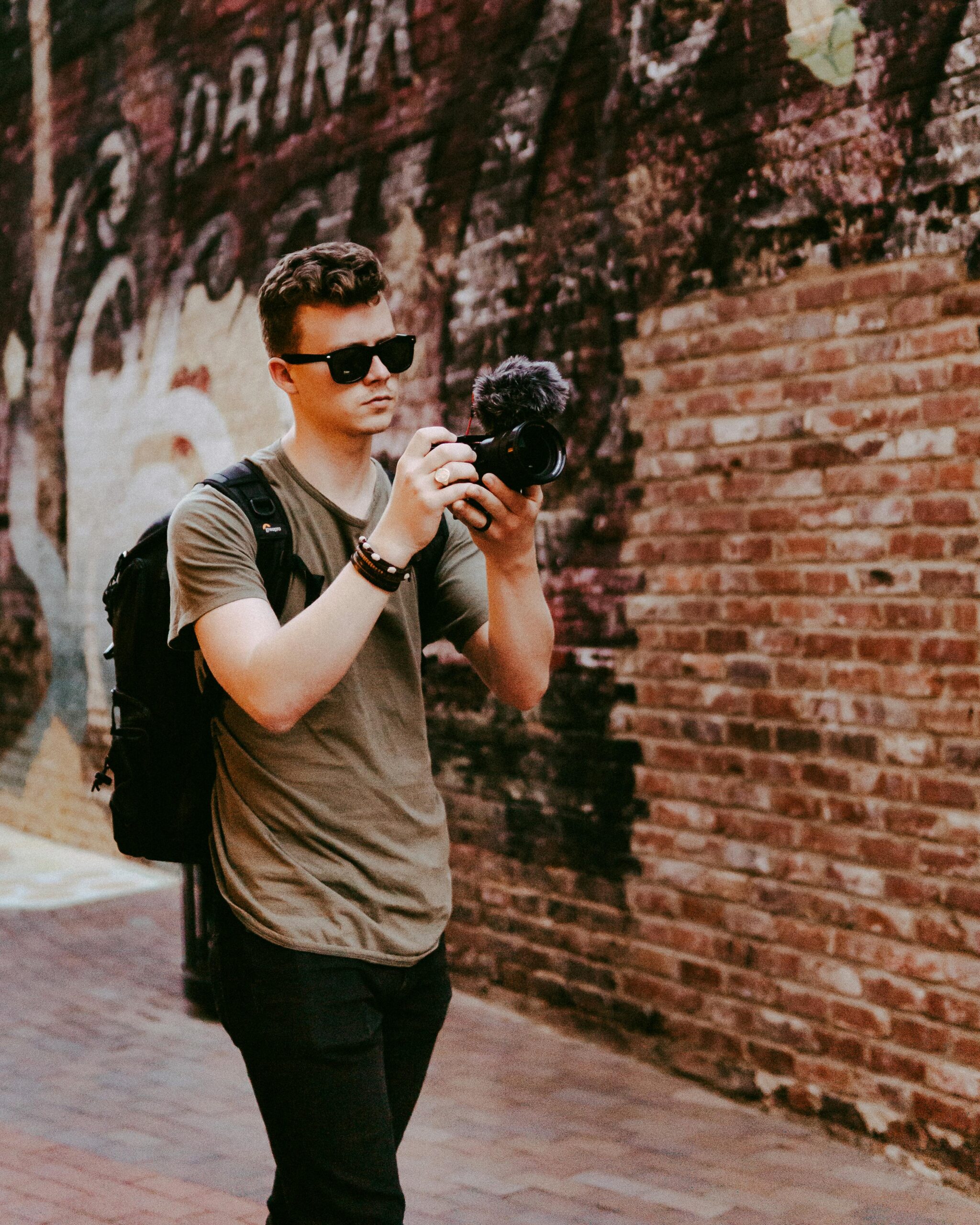
Introduction
Most people think traveling is expensive, and sometimes that’s true. Plane tickets, hotels, and restaurants can quickly drain your savings. But here’s the good news: you don’t need to be rich to explore new places. With the right strategies, you can Cheap Travel Tips, stretch your budget, and actually enjoy more experiences than you thought possible.
Over the years, I’ve discovered dozens of money-saving hacks from trial, error, and advice from other travelers. In this blog, I’ll share the best cheap travel tips that will help you explore more while spending less.
How to Find Cheap Flights
Flights are usually the biggest travel expense. But with the right tricks, you can save hundreds of dollars.
Be flexible with dates. Flying on weekdays is almost always cheaper than weekends. If you can, book flights on Tuesday or Wednesday. Red-eye or very early morning flights are also less expensive.
Use flight comparison tools. Websites like Google Flights, Skyscanner, and Kayak show you the cheapest available flights across different airlines. Instead of searching one airline at a time, these tools do the work for you.
Set up alerts. If you know where you want to go, set up price alerts. You’ll get notified when the fare drops, and you can book at the lowest point.

Check nearby airports. Sometimes flying into a smaller airport and taking a bus or train to your destination can save you a lot of money.
Book at the right time. Too early or too late can both be costly. For international flights, booking two to six months in advance is usually best.
Affordable Accommodation Hacks
Hotels can eat up your budget, but they aren’t your only option.
Hostels. These are budget-friendly, social, and often located in central areas. They’re not just for young backpackers anymore—many hostels now offer private rooms too.
Guesthouses and homestays. In many countries, small guesthouses are cheaper and more authentic than chain hotels.
Couchsurfing. This is a community where locals host travelers for free. It’s not only affordable, but you also get to meet people who can give you insider tips.
Airbnb. Renting a room or apartment is often cheaper than a hotel, especially if you’re traveling in a group. You also save money by having access to a kitchen.
Work exchange. Websites like Workaway, HelpX, or WWOOF let you exchange a few hours of work per day for free accommodation and sometimes meals.
Sleep while traveling. Overnight buses or trains save you both the cost of a night in a hotel and the time you would have spent traveling during the day.
Eating Cheap While Traveling
Food is one of the best parts of travel, but it’s also where costs sneak up. Luckily, there are easy ways to eat cheap without sacrificing taste.
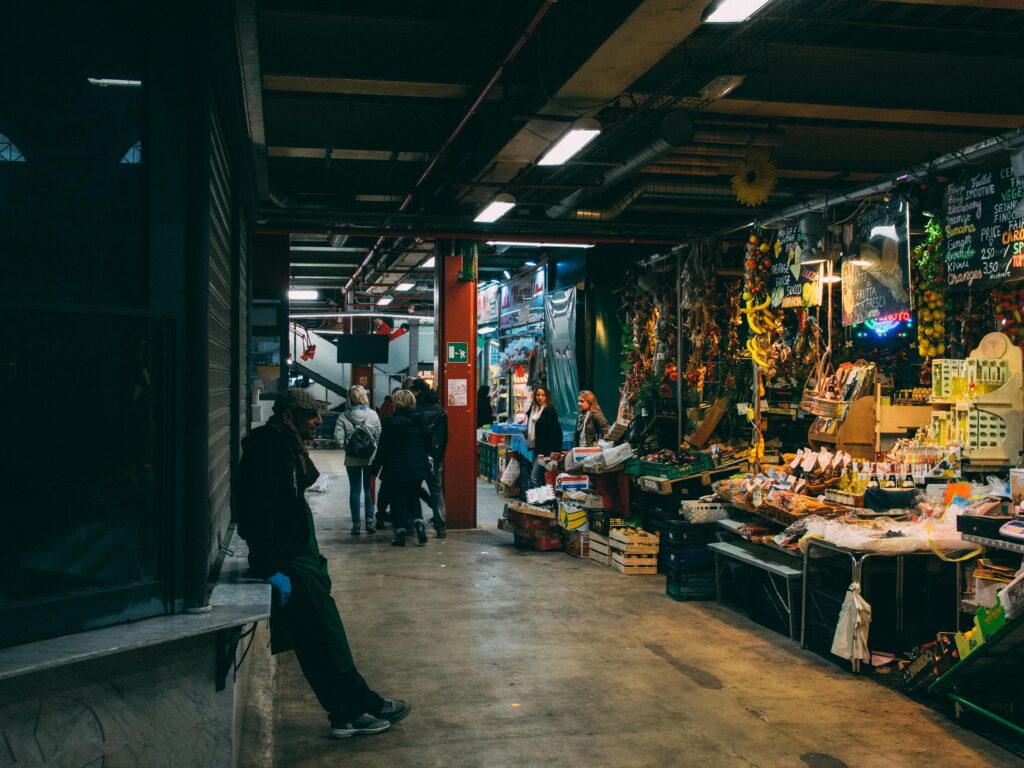
Street food. In many countries, street food is not only cheaper but also fresher and more authentic than restaurants. Places like Thailand, Vietnam, or Mexico are famous for it.
Local markets. Fresh fruit, bread, and snacks from markets or supermarkets are far cheaper than dining out for every meal.
Cook your own meals. If your hostel or Airbnb has a kitchen, use it. Even cooking just one meal per day saves a lot of money.
Lunch deals. Many restaurants offer cheaper lunch menus than dinner. Eat your main meal at lunch and keep dinner light.
Skip overpriced drinks. Buying alcohol or soft drinks at tourist bars is expensive. Instead, grab drinks from local shops or supermarkets.
Budget-Friendly Transport Tips
Getting around a city or traveling between places can get expensive if you’re not careful.
Walk or rent a bike. Walking is free and gives you the best view of a city. Renting a bike is cheap and lets you explore faster without paying for taxis.
Use public transportation. Buses, subways, and trams are much cheaper than taxis or rideshares. Many cities also offer unlimited day or week passes.
Ridesharing and carpooling. Apps like BlaBlaCar connect travelers with drivers going the same way for a fraction of the cost of a train or plane.
Night buses or trains. Long-distance overnight travel saves money on accommodation.
Discount passes. Some countries or cities offer travel passes that give unlimited rides for a set period. These are especially useful if you’re staying longer.
Affordable Activities and Entertainment
You don’t have to spend a fortune to enjoy a new place.
Free walking tours. Almost every big city has them. You pay only a tip to the guide at the end, based on what you can afford.

Free museum days. Many museums have free entry once a week or once a month. Plan your visit around these days.
Enjoy nature. Beaches, hiking trails, lakes, and public parks are completely free.
Local festivals. Cultural events, parades, and festivals are often free to attend.
Student or youth discounts. Carry a student ID card if you have one. Many attractions still offer reduced prices for students or young travelers.
Money-Saving Hacks While Traveling
Use a travel credit card. Cards with no foreign transaction fees save you money. Some also give rewards points you can use for future travel.
Withdraw from ATMs. Currency exchange shops often charge higher fees. ATMs usually give you better rates.
Get a local SIM card. International roaming is expensive. Buying a prepaid local SIM is usually far cheaper for internet and calls.
Always have some cash. Many smaller shops and street vendors don’t accept cards.
Get travel insurance. It might feel like an unnecessary expense, but one emergency can cost far more than the insurance premium.
Packing Smart to Save Money
Packing properly prevents you from spending extra money on things you forgot.
Travel light. Avoid baggage fees by sticking to carry-on luggage.
Versatile clothing. Pack clothes you can mix and match. Choose items that work in different settings.
Reusable items. Bring a reusable water bottle, tote bag, and utensils. This saves money and reduces waste.
Basic medicine. Carry a small kit with painkillers, bandages, and basic medicines. Buying them abroad can be costly.
Cheap Travel Destinations
Some destinations are naturally more budget-friendly than others.
Vietnam. Delicious street food for a couple of dollars and hostels for under $10.
Mexico. Affordable buses, cheap meals, and budget-friendly beaches.
India. Known for cheap transport, food, and accommodation.
Portugal. One of the cheapest countries in Western Europe, with beautiful beaches and cities.
Eastern Europe. Countries like Romania, Bulgaria, and Poland are full of history and culture without the high prices of Western Europe.
Quick Recap
Traveling cheap is about being smart and flexible.
- Look for flight deals and book at the right time.
- Stay in hostels, guesthouses, or use Couchsurfing.
- Eat local food and shop at markets instead of restaurants.
- Use public transportation and walk whenever possible.
- Take advantage of free activities and student discounts.
- Pack light and avoid unnecessary expenses.
Conclusion
Cheap travel isn’t about cutting out all the fun it’s about spending money where it matters most and saving on things that don’t. Some of the best travel experiences don’t cost anything: watching a sunset, exploring a street market, or meeting new friends along the way.
With the right mindset and a few clever hacks, you can travel more often, go further, and enjoy richer experiences without breaking the bank.
FAQ Section
1. How can I travel on a very tight budget?
Traveling on a tight budget is possible by prioritizing cheaper destinations, using public transportation, staying in hostels or guesthouses, eating local street food, and looking for free activities like walking tours or public events.
2. What are the cheapest ways to book flights?
Be flexible with dates, book 2–6 months in advance, use comparison tools like Skyscanner or Google Flights, and check nearby airports. Also, set price alerts to catch sudden fare drops.
3. How can I save money on accommodation?
Opt for hostels, Airbnb, guesthouses, or Couchsurfing. Work-exchange programs like Workaway and WWOOF can even provide free accommodation in exchange for a few hours of help.
4. Is street food safe while traveling?
In many countries, street food is both cheap and safe. Look for busy stalls where locals are eating—that’s usually a good sign of quality and freshness.
5. What are the cheapest travel destinations?
Some of the most budget-friendly destinations include Vietnam, India, Mexico, Portugal, and Eastern Europe. These places offer affordable food, transport, and accommodation.
6. How do I avoid spending too much on transportation?
Use public transport, walk or bike when possible, and consider overnight buses or trains to save both travel and accommodation costs. In some regions, ridesharing apps or group passes can also save money.
7. Should I get travel insurance if I’m on a budget?
Yes. While it may feel like an extra expense, travel insurance protects you from unexpected medical bills, cancellations, or lost baggage costs that could be much higher than the insurance itself.
8. How can I avoid baggage fees?
Travel light with only a carry-on, pack versatile clothing, and use packing cubes. Always check the baggage policy of the airline before booking.
9. How can students save more while traveling?
Students should carry their ID cards everywhere. Many museums, attractions, and even transport systems offer special student discounts.
10. What is the number one tip for cheap travel?
The best tip is flexibility. If you’re flexible with travel dates, destinations, and how you get around, you’ll always find the cheapest options available.
-

 Fashion3 months ago
Fashion3 months agoThese ’90s Fashion Trends Are Making a Big Comeback in 2025
-

 Fashion3 months ago
Fashion3 months agoTop Fashion Trends to Follow in August 2025
-

 How-To Tutorials & Troubleshooting3 months ago
How-To Tutorials & Troubleshooting3 months agoHow to Fix Missing Pantone Color Books in Adobe Illustrator 2024-2025 (Free and Easy Method)
-

 Entertainment3 months ago
Entertainment3 months agoTrending Soundtrack: “KPop Demon Hunters”
-

 Entertainment3 months ago
Entertainment3 months agoSquid Game Season 2: Deadlier Games, Deeper Secrets & Darker Drama




